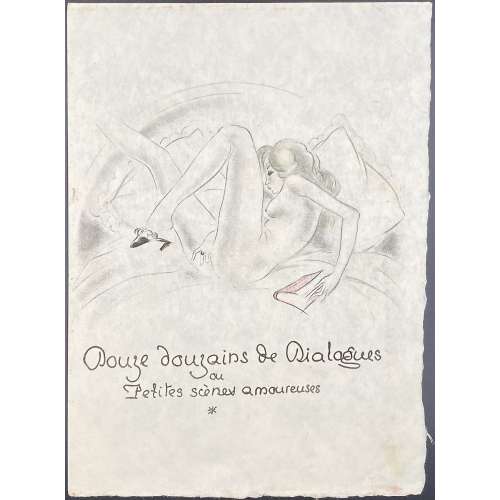Description: An unbound softcover volume 23.5 x 18 cm collated in 4to, text in fac-simile manuscript printed on
Japon Nacre wove paper with untrimmed outer and bottom margins, with 12 laid-in hand-coloured etchings, including the title-page, after André Collot; in red quarter morocco over marbled boards folder with gilt lettering to spine “P. L. | ~ | PETITES | SCÈNES | AMOUREUSES”, in a red faux ostrich leather clamshell box 26.7 x 21 cm.
A copy without the limitation page.
Title-page: {vignette in colour} | Douze douzains de Dialogues | ou | Petites scènes amoureuses | * || (text in fac-simile ms).
Content: (97 dialogues, not 144), similar to Pia:
Premier douzain :
Dialogues des Filles nues (1, 3, 4, 5, 6) – 5 dialogues;
Deuxième douzain :
Dialogue[s] des Masturbées (13, 14, 15, 16, 17, 18, 19, 20, [21]) – 9 dialogues;
Troisième douzain :
Dialogues des Masturbées (25, 26, 27, [28], 29, 30, 31, 32, 33) – 9 dialogues;
Quatrième douzain :
Dialogues des Lécheuses (37, 38, 39, 40, 41, 42, 44) – 7 dialogues;
Cinquième douzain :
Dialogues des Phallophores (49, 50, 51, 52, 53, 54) – 6 dialogues;
Sixième douzain :
Dialogues des Goules (61, 62, 63, 64, 65, 65 (i.e. 66), 67, 68, 69, 70, 71) – 11 dialogues;
Septième douzain :
Dialogues des Amoureuses (73, 74, 75, 76, 77, 78, 79, [80]) – 8 dialogues;
Huitième douzain :
Dialogues des Enculées (85, 86, 87, 88, 89, 90, 91, 92, 93, 94, [95]) – 11 dialogues;
Neuvième douzain :
Dialogues des Chieuses (97, 98, 99, 100, 101, 102, 104) – 7 dialogues;
Dixième douzain :
Dialogues des Pisseuses (109, 110, 111, 112, 114) – 5 dialogues;
Onzième douzain :
Dialogues des Mères (121, 122, 123, 124, 125, 126, 127, 128, 129, 130, 131, 132) – 12 dialogues;
Douzième douzain :
Dialogues des Enfants (134, 135, 136, 137, 138, 139, [140]) – 7 dialogues.
Collation: unpaginated, unbound [1]
2 [16]
4; total 66 leaves plus 12 plates, incl. t.p. In reality, when compared with another copy of the same book [
LIB-3144.2023], the first gathering should have consisted of four leaves: 1
1 blanks, 1
2 engraved t.p. / blank, 1
3 blank / limitation, 1
4 faux t.p.
Premier Douzain Dialogues des Filles nues.
Edition: This copy of "calligraphié"
Douze douzains de dialogues ou petites scènes amoureuses was most probably published in Paris by Libraire Robert Télin in 1927, 100 copies on
Japon Nacre as per Dutel (1920-1970) № 1427. However, per Dutel (1) the title-page lettering is all in capital letters, (2) the illustration printed on p. 545 differs from the one in my copy, (3) the number of leaves is 68, while in my copy it is 66. Another "calligraphié" edition published in c. 1940 (Dutel 1429) is bound and has 80 leaves. Dutel unequivocally attributes the drawings to André Collot.
Plates in this copy are similar to the ones in a pirated copy of
Scènes de péripatéticiennes / Douze douzains de dialogues [
LIB-2961.2022] (Dutel № 2366).
According to Pia (1978) № 358, this is a 1927 edition published in Paris by libraire Robert Télin: « 1 f. blanc, 1 f. (justification), 1 f. (titre) et 65 ff. n. ch., plus 11 gravures à l’eau-forte rehaussées de couleurs ». Pia describes the folder and the box (chemise et étui) with lettering to spine almost as in my case: “P. L. | – | Petites | scènes | amoureuses” (lower case). Per Pia, illustrations are after
André Collot (French, 1897 – 1976) or
Louis Berthomme Saint-André (French, 1905 – 1977). Edition limited to 100 copies numbered I – C.
There is no limitation statement in my copy, which may explain why my copy has fewer leaves than per Dutel and Pia.
Catalogue raisonné: Dutel (1920-1970) №№ 1427 and 1429, p. 137 and № 2366, p. 356 ; Pia (1978) 358-9, p. 199-200.
Contributors:
Pierre Louÿs (French, 1870 – 1925) – author.
André Collot (French, 1897 – 1976) – artist.
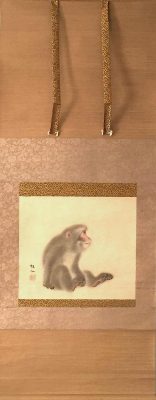

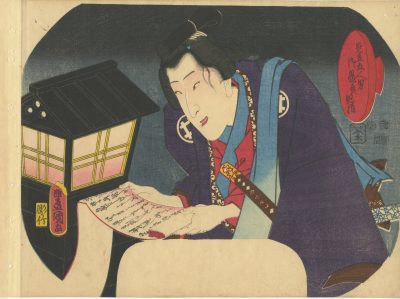
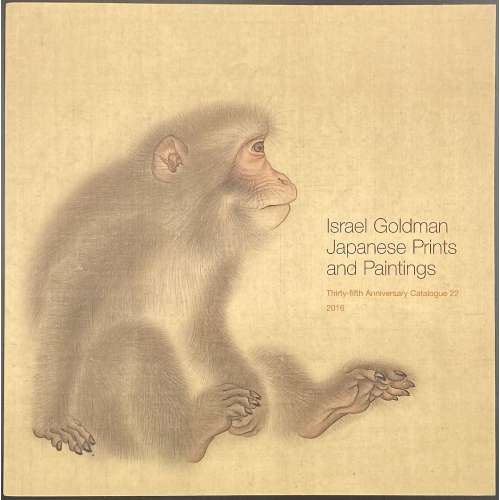



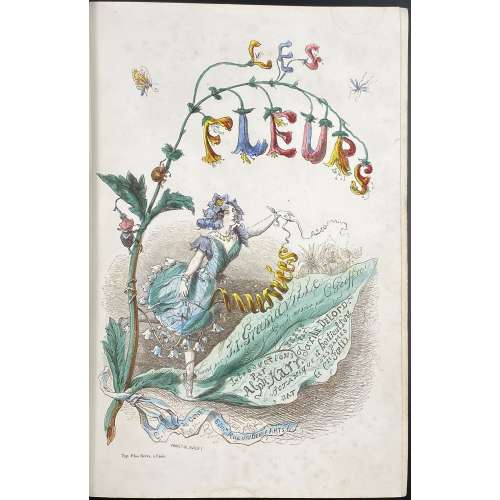
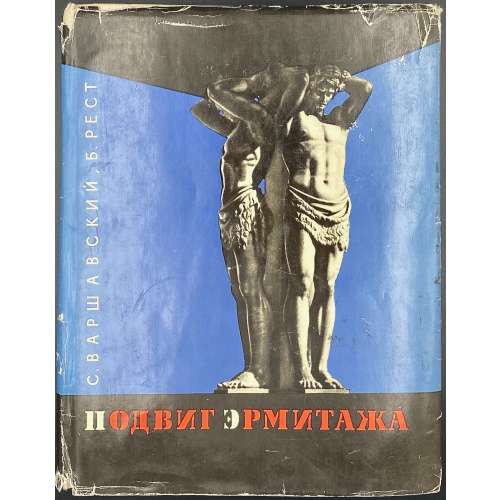
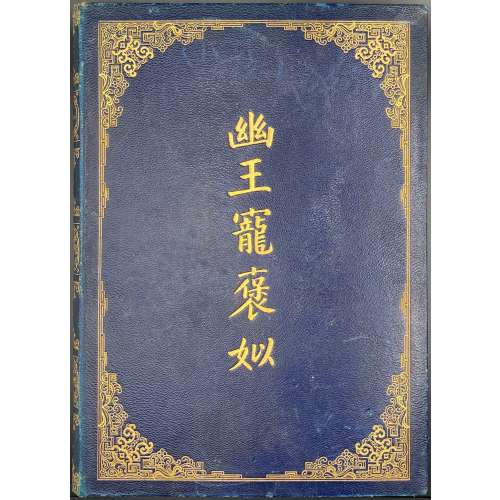

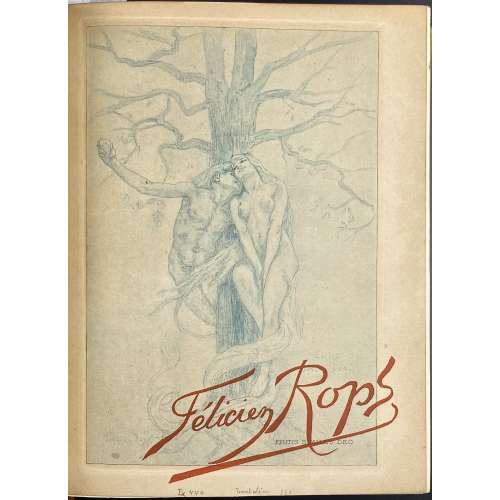
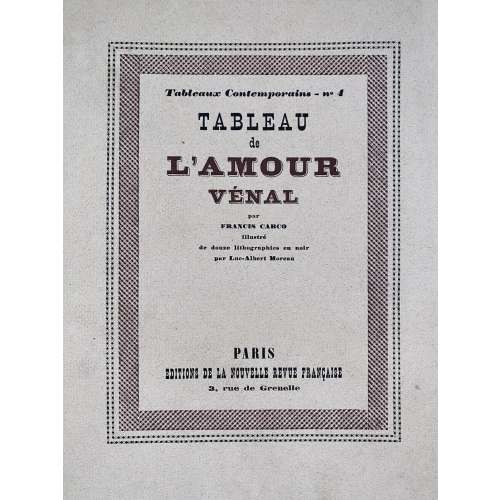

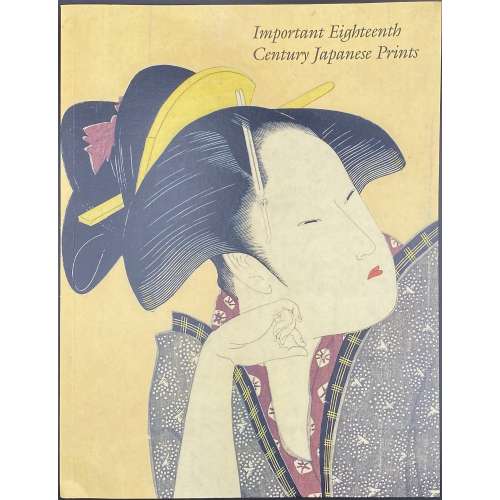
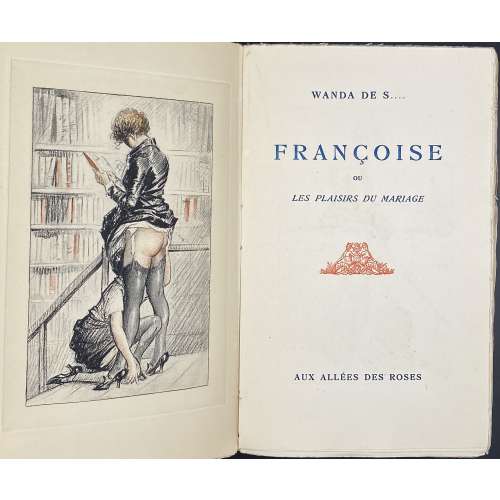
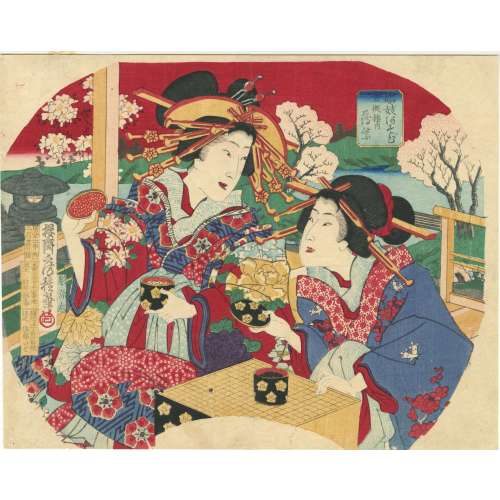
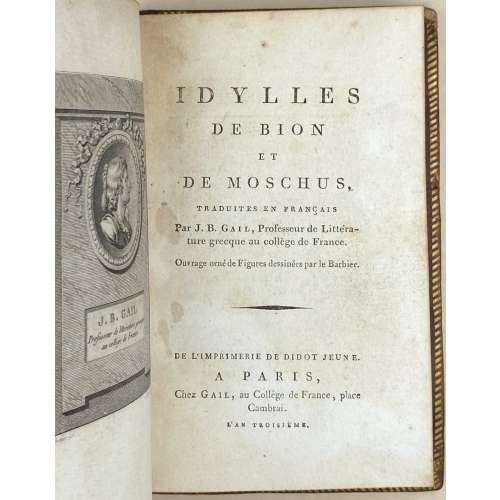
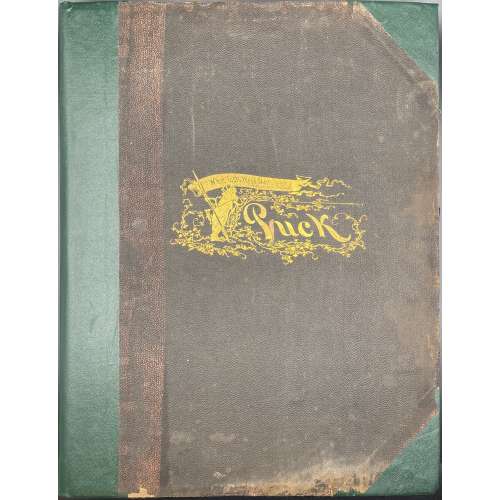
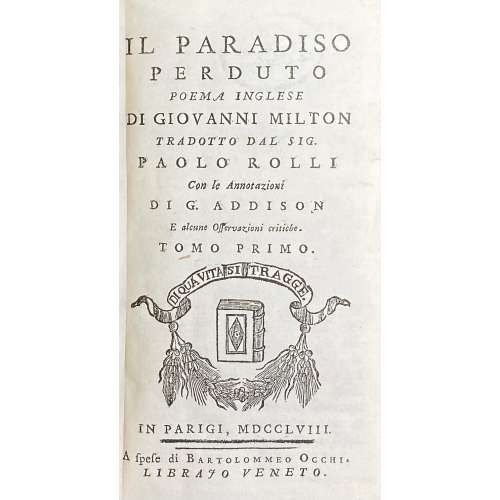
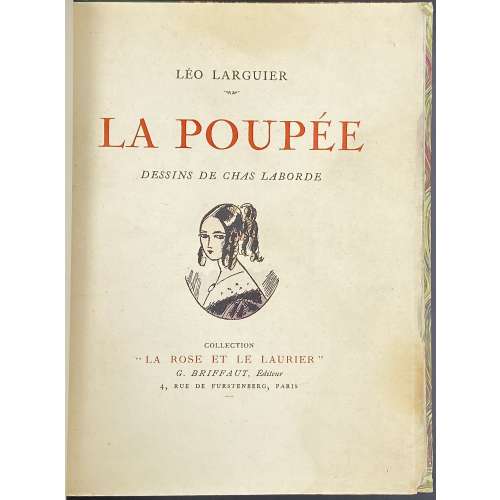
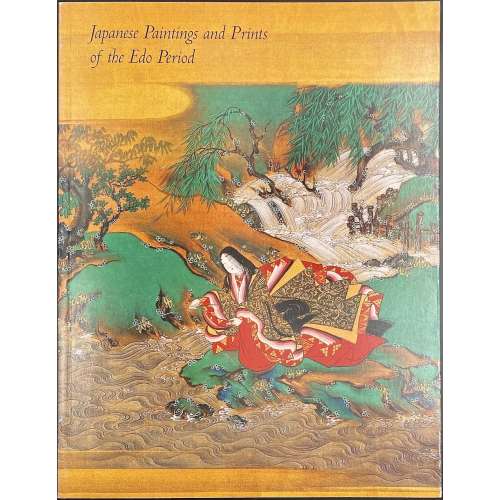
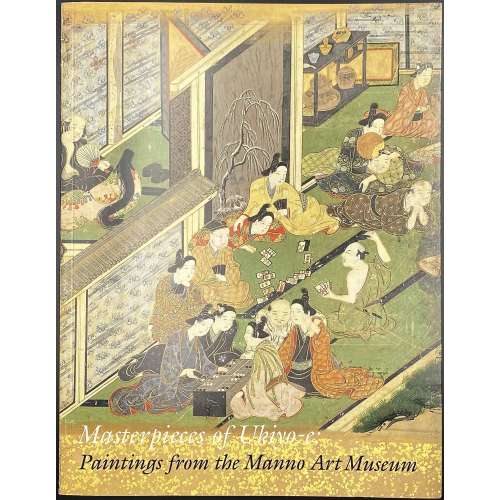
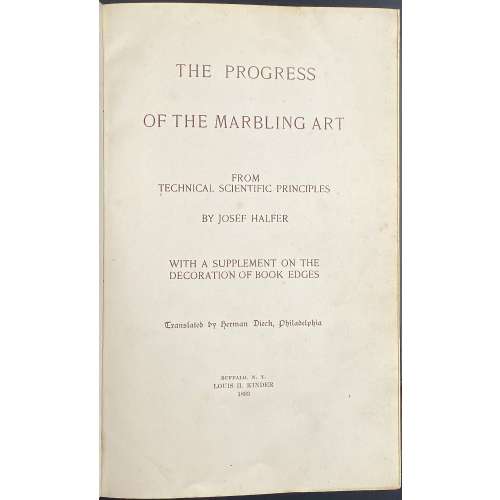
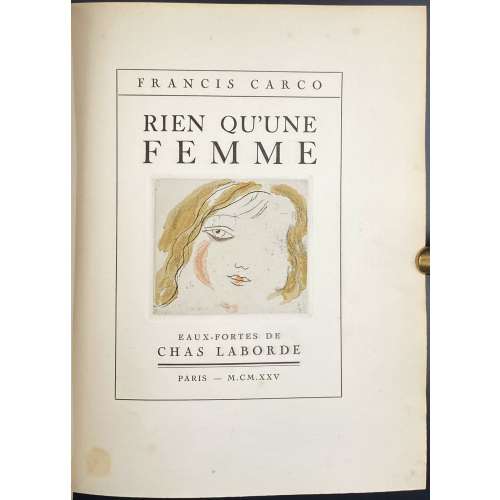
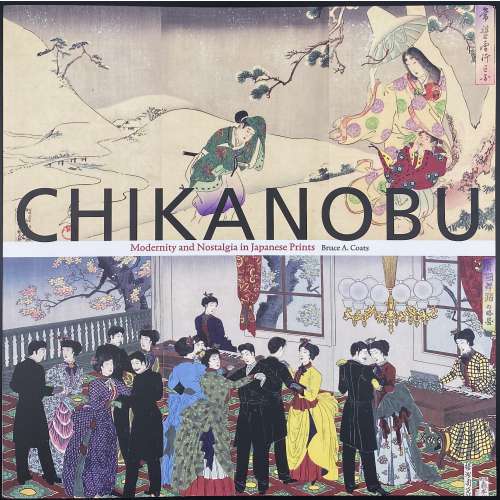
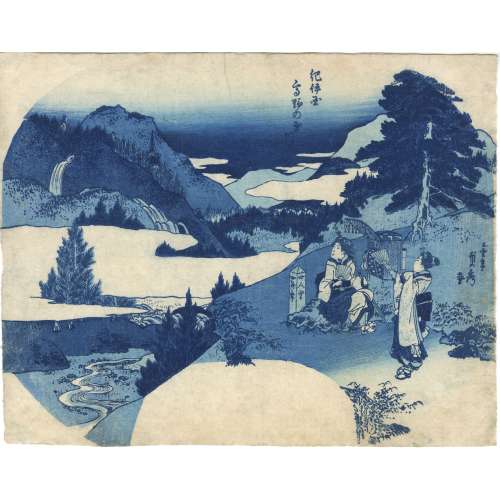
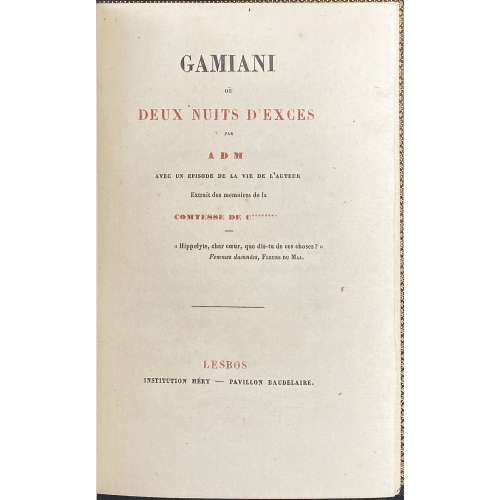
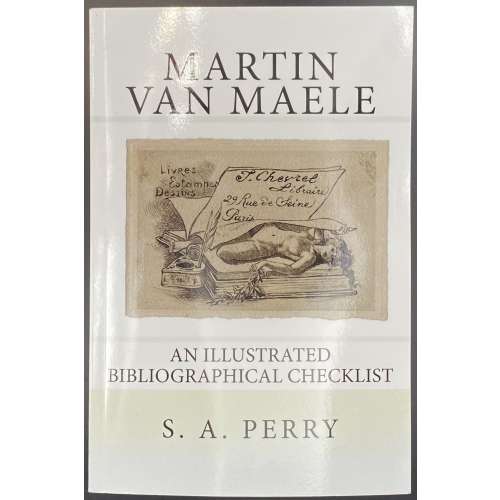
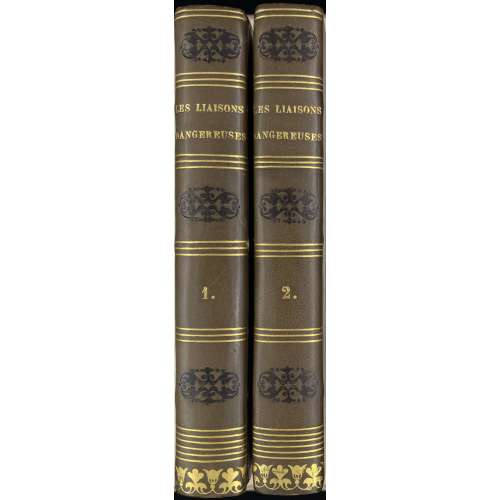
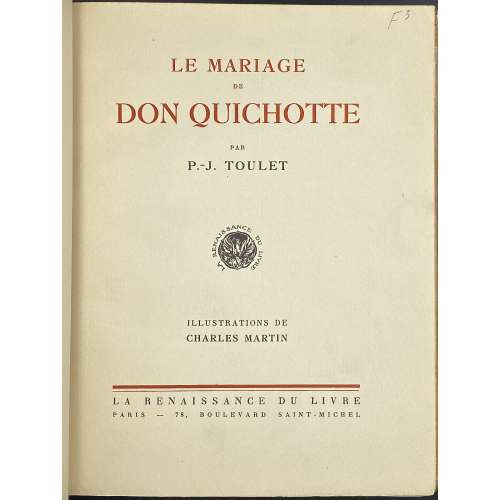
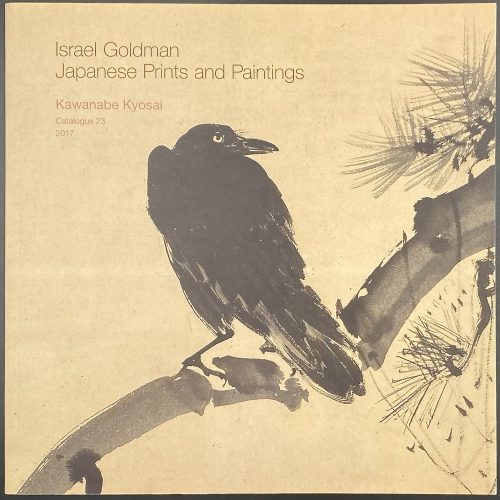
![Kawanabe Kyōsai . Two Crows on a Plum Branch with Rising Sun [烏、梅、旭] 1889](http://varshavskycollection.com/wp-content/uploads/2020/12/SVJP200148_VN_Kyosai-147x400.jpg)
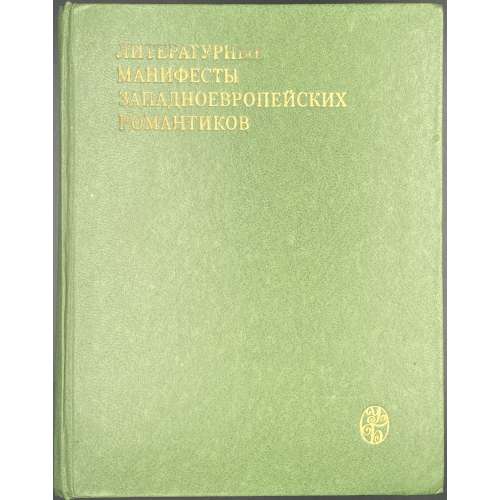
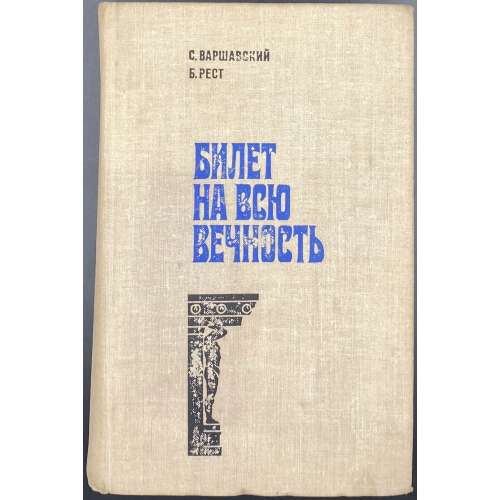

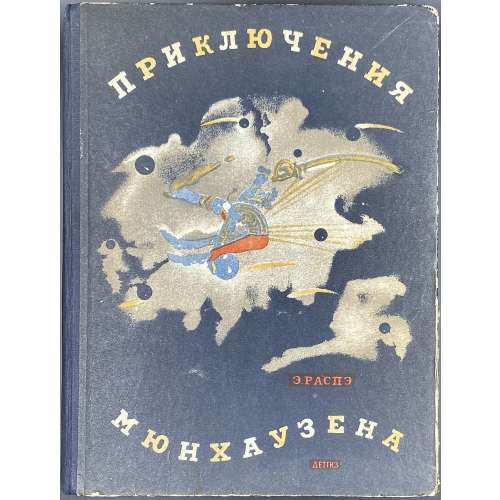

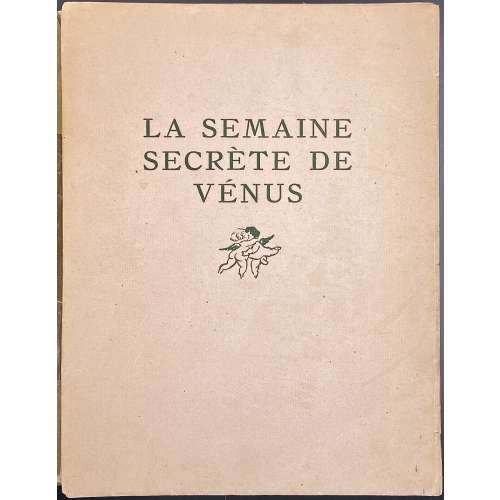


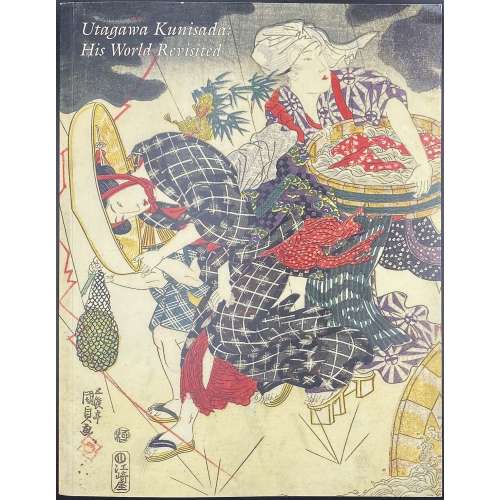
 SVJP-0105.2014: Ichikawa Danjūrō VIII as the ghost of Seigen.
SVJP-0105.2014: Ichikawa Danjūrō VIII as the ghost of Seigen.
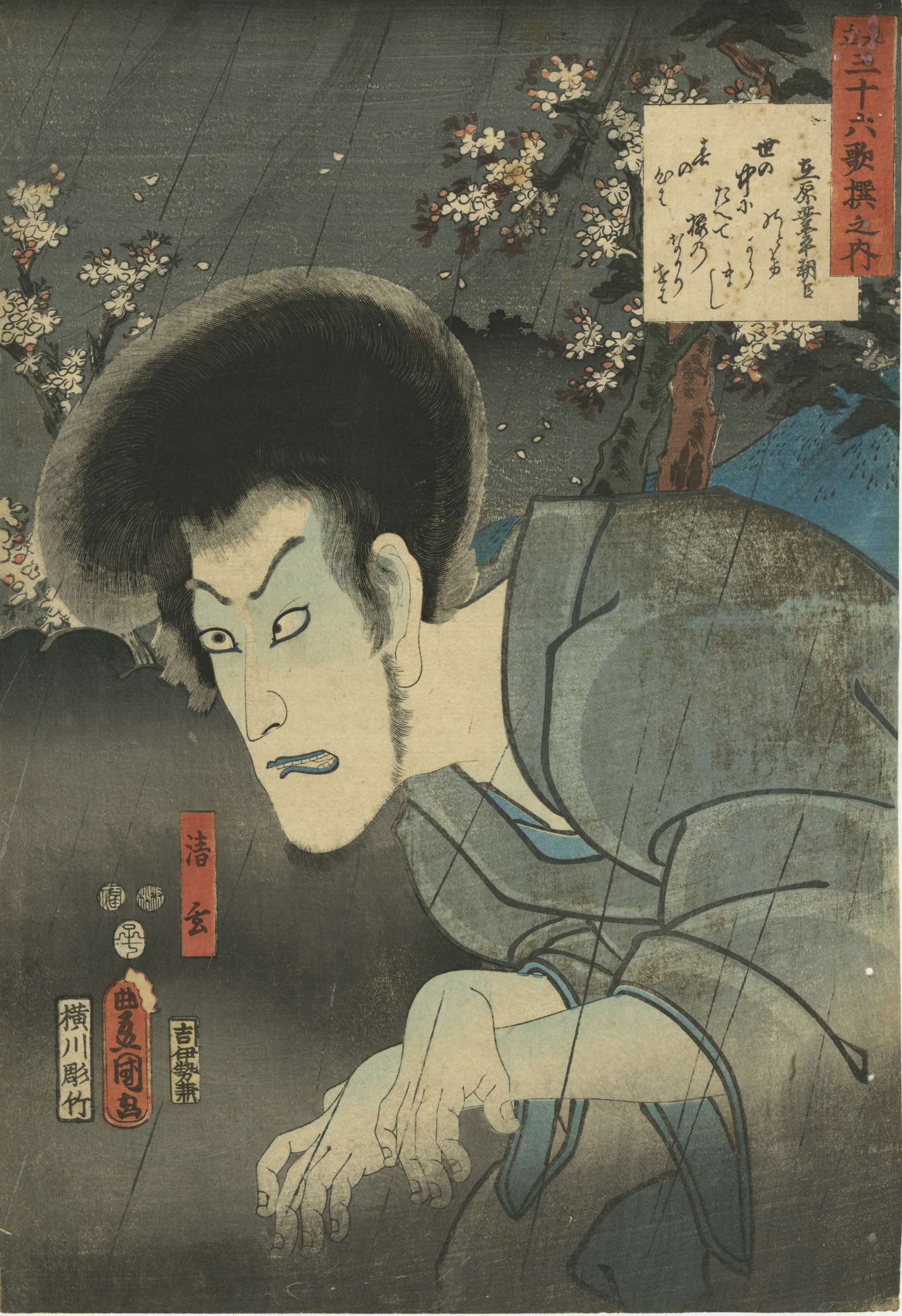 SVJP-0360.2022: Ichikawa Danjūrō VII.
SVJP-0360.2022: Ichikawa Danjūrō VII.
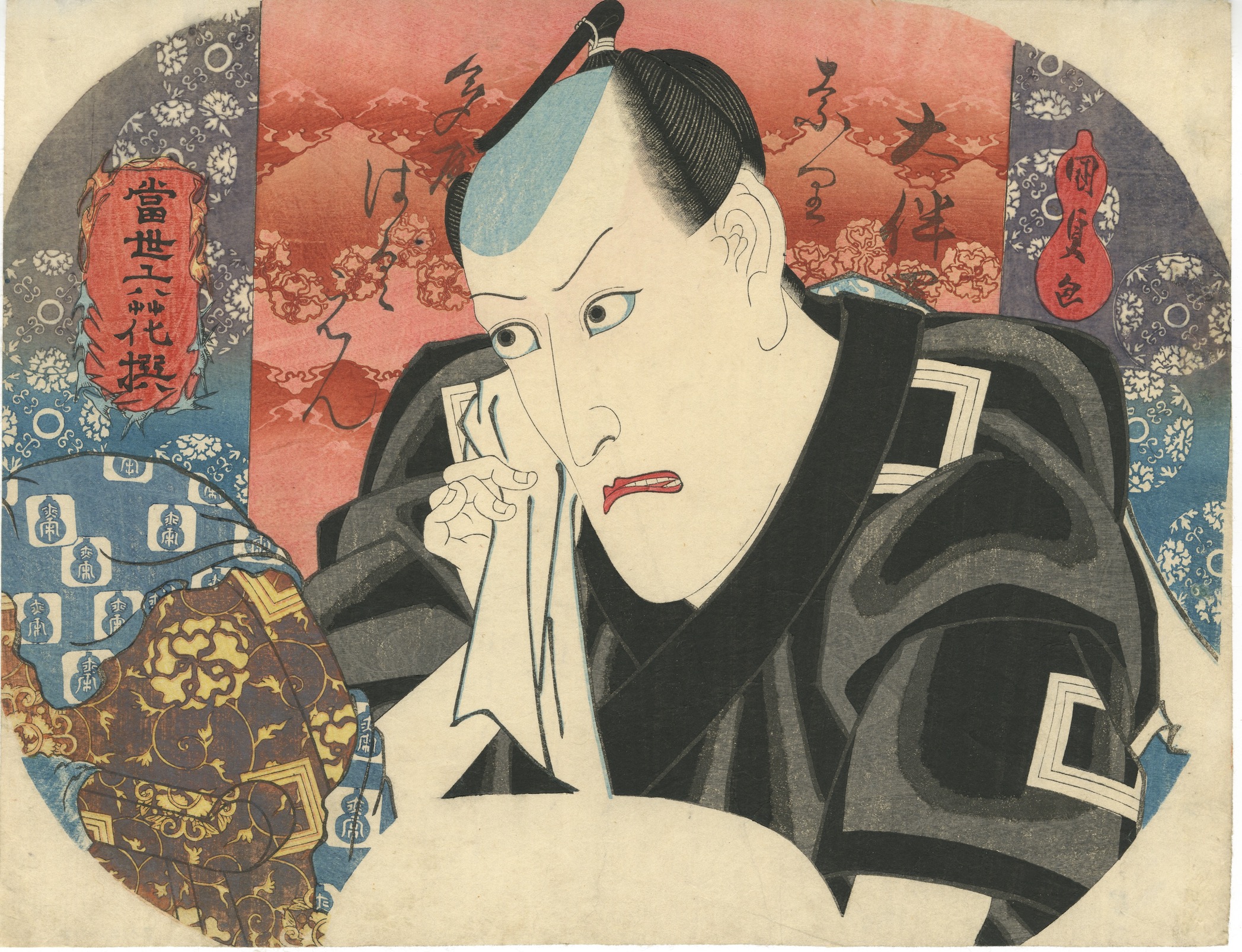 SVJP-0361.2022: Beauty playing the shamisen beneath a mosquito net.
SVJP-0361.2022: Beauty playing the shamisen beneath a mosquito net.
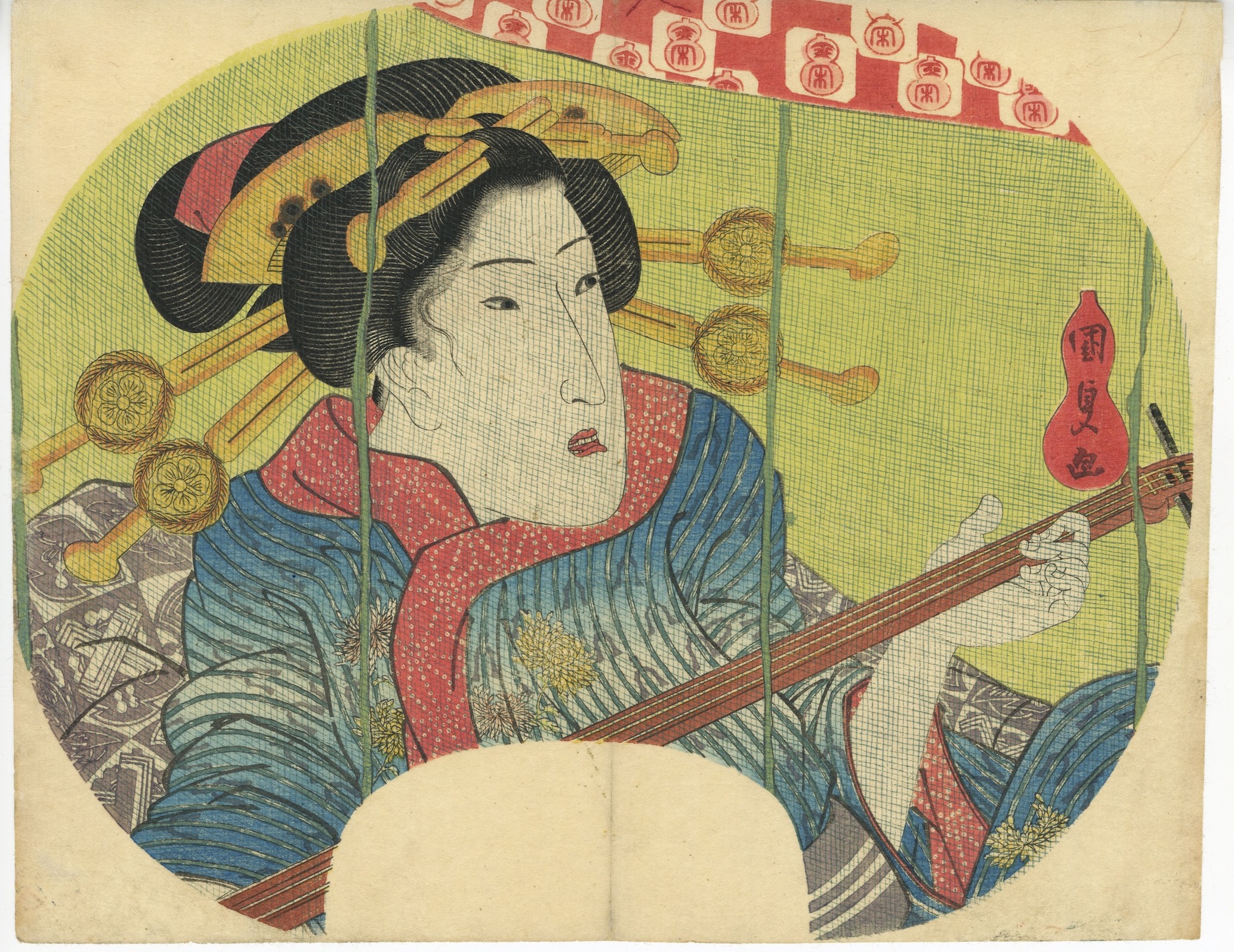 SVJP-0359.2022: Young woman checks her makeup in a mirror.
SVJP-0359.2022: Young woman checks her makeup in a mirror.
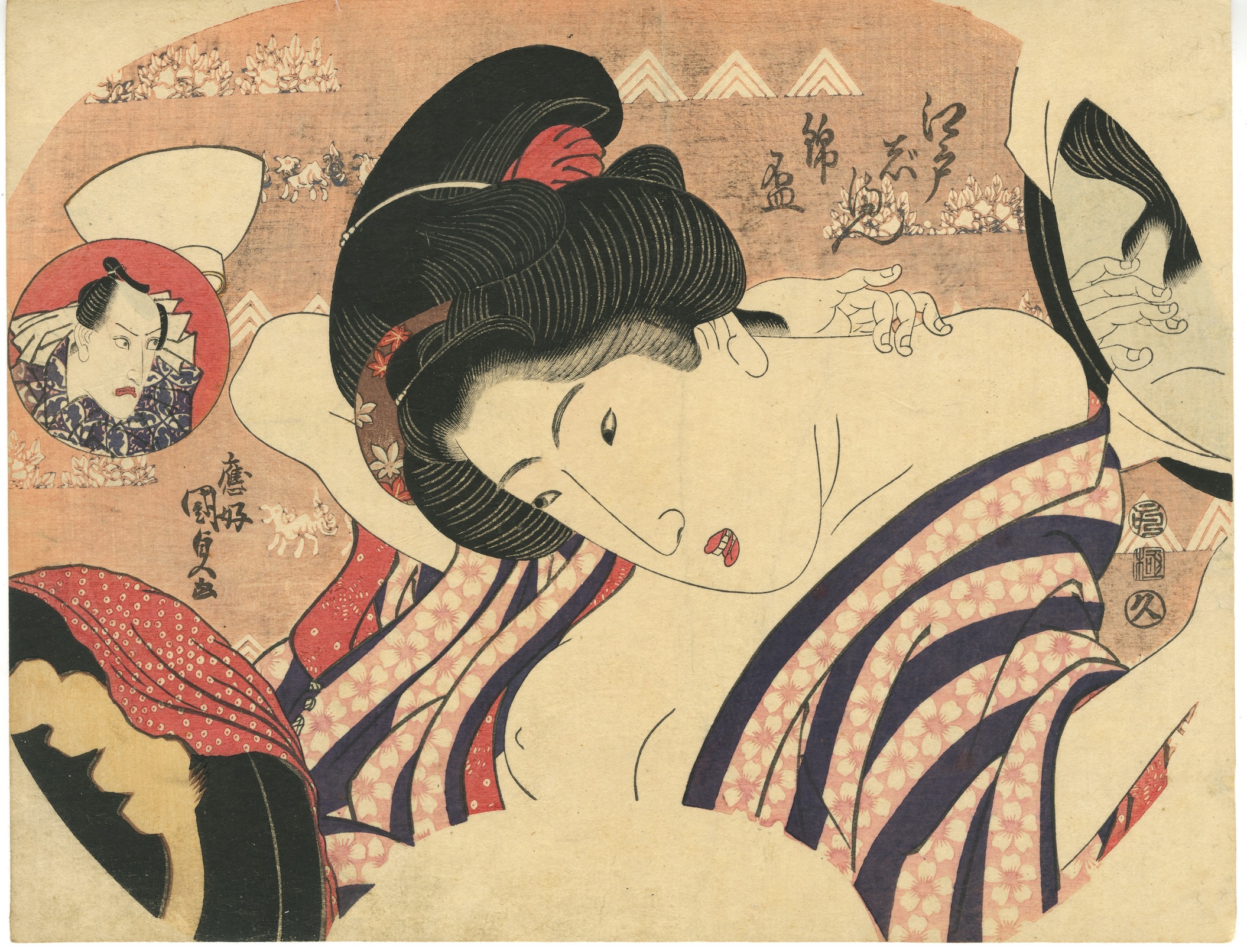 SVJP-0197.2015: Three Pleasures of Present-day Osaka (Tôsei Naniwa no sankô); left; centre, right.
SVJP-0197.2015: Three Pleasures of Present-day Osaka (Tôsei Naniwa no sankô); left; centre, right.



